Reusable Seed Trays: Which Materials Last Longest? Why Plastic Still Leads the Way
2025-07-24 19:11:20
Choosing the right seed trays is one of the most important steps in successful seed starting. With sustainability top of mind, many growers are turning to reusable seed trays to cut down on waste and save money over time. But when it comes to durability, not all materials are created equal.
In this guide, we’ll compare the most common materials used in seed trays and explain why high-quality plastic seed trays continue to be the most reliable and cost-effective choice for gardeners, nurseries, and commercial growers alike.
Why Reusable Seed Trays Are Worth It
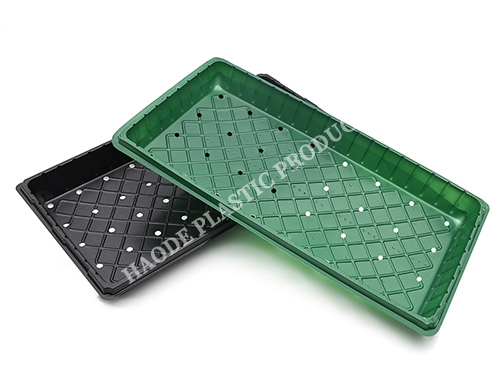
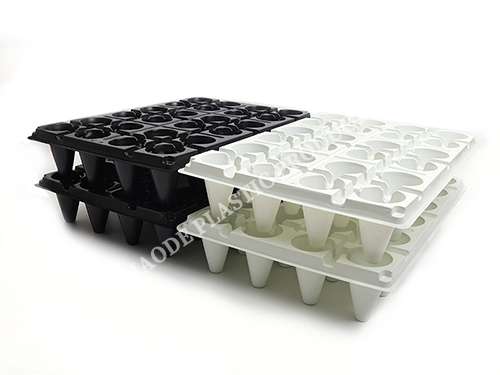
Disposable seed trays might seem convenient, but they often crack, warp, or collapse after just one season. Reusable seed trays, on the other hand, offer:
·Longevity – No need to replace them every spring.
·Sustainability – Fewer trays in landfills.
·Cost-efficiency – A better investment over time.
·Healthier plants – Stronger trays mean better drainage and air circulation.
But which material should you choose for maximum durability?
A Practical Comparison of Seed Tray Materials
Plastic Seed Trays – The Proven Champion
Plastic seed trays, particularly those made from sturdy, UV-resistant polypropylene or polyethylene, strike the perfect balance between strength, flexibility, and value.
These trays are built to last. They can handle repeated use, resist cracking under pressure, and stand up to moisture, light, and everyday wear. Properly stored and cleaned, plastic seed trays can last five to ten seasons or more.
They’re also lightweight and stackable — a huge bonus if you’re working in a greenhouse or storing multiple trays between seasons.
And unlike cheaper, flimsy plastic versions, today’s high-quality trays are designed for long-term use, not just one planting cycle.
Silicone Seed Trays – Flexible but Flawed
Silicone trays are soft, flexible, and easy to clean. Many gardeners love how seedlings pop out of them without damage. But they have some downsides — particularly when filled with wet soil.
They can sag or buckle, making transport tricky, and they often cost significantly more than plastic trays. While they last long in theory, they’re best suited for indoor, small-batch growers rather than serious gardeners or farmers.
Metal Seed Trays – Strong but Impractical
Stainless steel or aluminum trays are nearly indestructible and offer great longevity. But they come with issues: they’re heavy, expensive, and conduct heat — which can dry out or damage roots in hot climates.
They also lack flexibility and are harder to stack or store compactly. For many growers, the cost and inconvenience outweigh the benefits.
Biodegradable Trays – Eco-Friendly, But Not Durable
Compostable trays made from coir, bamboo, or pulp materials are ideal for zero-waste growing, and some can be planted directly into the soil. However, these are not reusable. They often degrade after one season, especially when exposed to constant watering.
If your goal is reusability and long-term savings, these simply don’t compare.
Why Plastic Seed Trays Are Still the Smartest Choice
Despite all the new materials on the market, plastic remains the most trusted option for reusable seed trays — and for good reason:
·Durable under pressure – Won’t collapse when filled.
·Resists sun and moisture – UV-stabilized plastic doesn’t degrade quickly.
·Lightweight and stackable – Easy to move and store.
·Budget-friendly – Long-lasting without the high upfront cost of metal or silicone.
·Widely available – Comes in all cell sizes and tray formats.
Not all plastic trays are equal, of course. Many cheaply made trays are thin and flimsy, cracking after just a few uses. That’s why it’s important to choose premium-quality plastic seed trays, like the ones we offer — designed specifically for multi-season use.
Care Tips to Make Your Seed Trays Last Even Longer
To get the most out of your plastic trays, follow these simple tips:
·Clean them thoroughly after each season with mild soap or a vinegar solution.
·Avoid leaving them in direct sun when not in use.
·Stack gently and store in a dry place during the off-season.
With just a little care, your plastic seed trays can be a reliable part of your growing setup year after year.
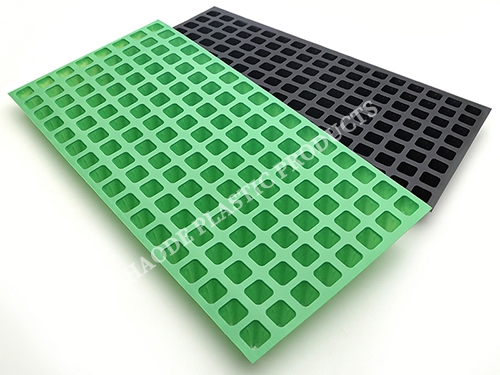
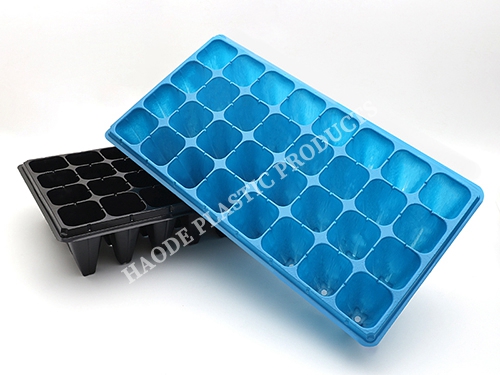
Conclusion: Reliable Seed Trays Start with the Right Material
If youre serious about gardening, investing in reusable seed trays is a no-brainer. And when it comes to balancing durability, convenience, and price, high-quality plastic seed trays remain the best choice.
They last for years, are easy to work with, and offer excellent performance at an affordable cost. Whether youre growing tomatoes in your backyard or propagating herbs in a greenhouse, plastic seed trays give you the reliability you need without the waste or expense of other materials.
Make the Smart Choice: Seed Trays That Last
At the end of the day, your growing success starts from the ground up — literally. Don’t settle for brittle trays that snap after one season or costly alternatives that don’t suit your workflow.
Choose plastic seed trays that are tough, reusable, and ready to support your garden for many seasons to come.
Looking for trays you can trust? We’ve got you covered — explore our premium reusable plastic seed trays today.
References
GB/T 7714:Stefanini R, Vignali G. Transition toward circular economy in the agrifood seedling phase: A Life Cycle Assessment on tomato trays[J]. Science of the Total Environment, 2025, 963: 178487.
MLA:Stefanini, Roberta, and Giuseppe Vignali. Transition toward circular economy in the agrifood seedling phase: A Life Cycle Assessment on tomato trays. Science of the Total Environment 963 (2025): 178487.
APA:Stefanini, R.,Vignali, G. (2025). Transition toward circular economy in the agrifood seedling phase: A Life Cycle Assessment on tomato trays. Science of the Total Environment, 963, 178487.

The CNC Seed Braiding Machine is a high-precision, fully automated agricultural equipment s...
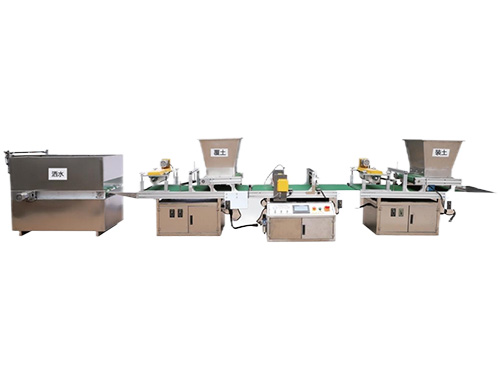
It adopts electrical integration and can be started by pressing the fully automatic button ...
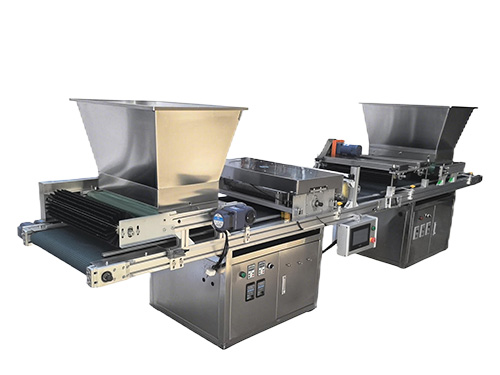
The XP750 seeder has stable performance, excellent product quality, simple and convenient o...
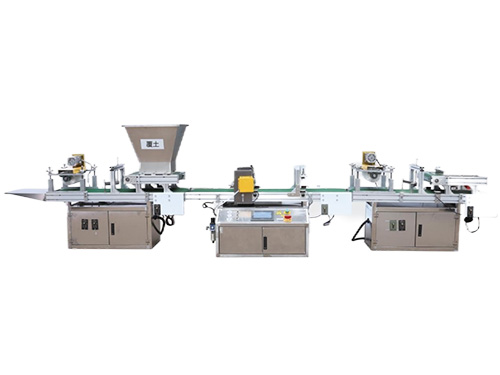
It adopts electrical integration and can be started by pressing the fully automatic button ...



